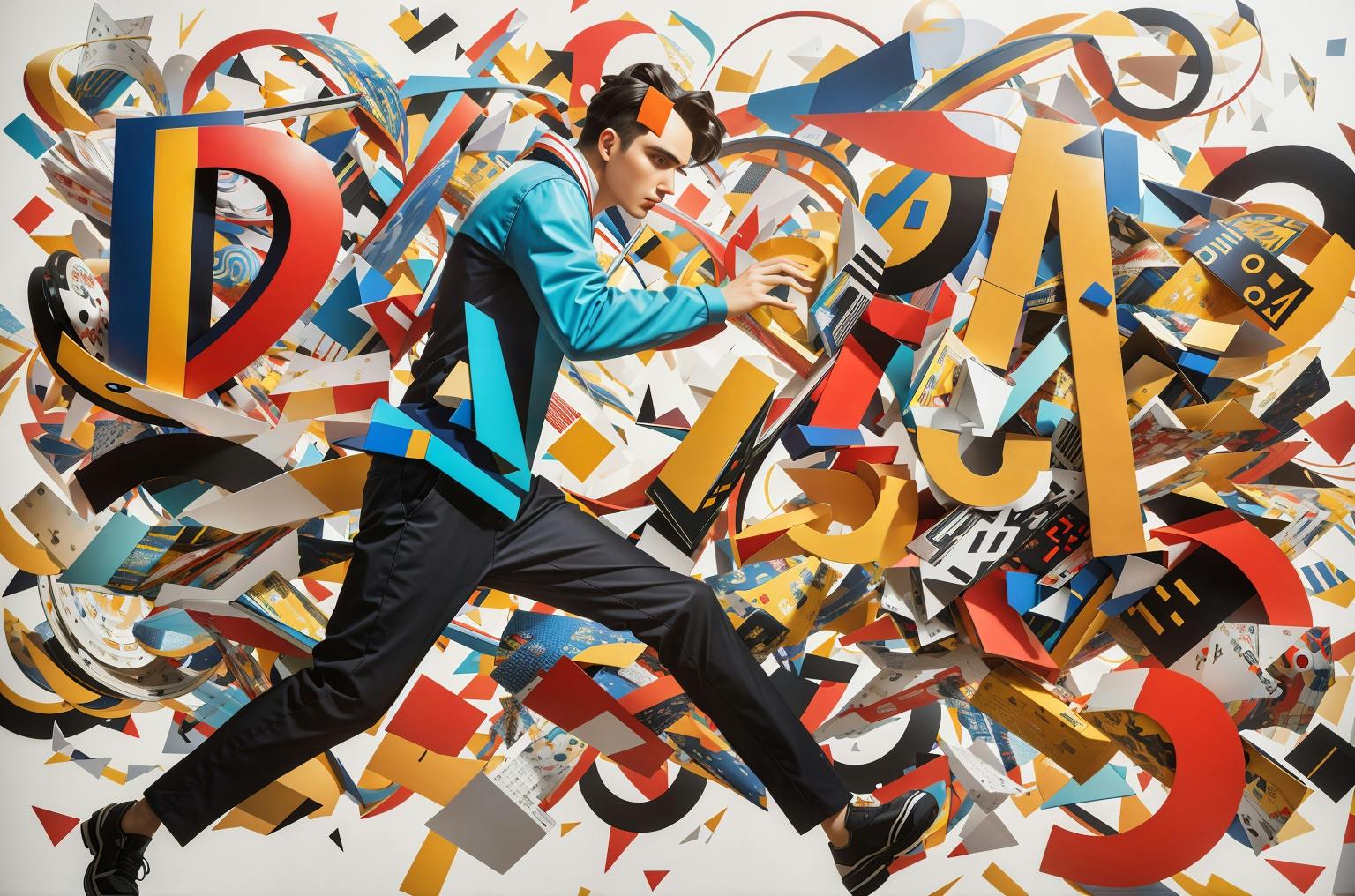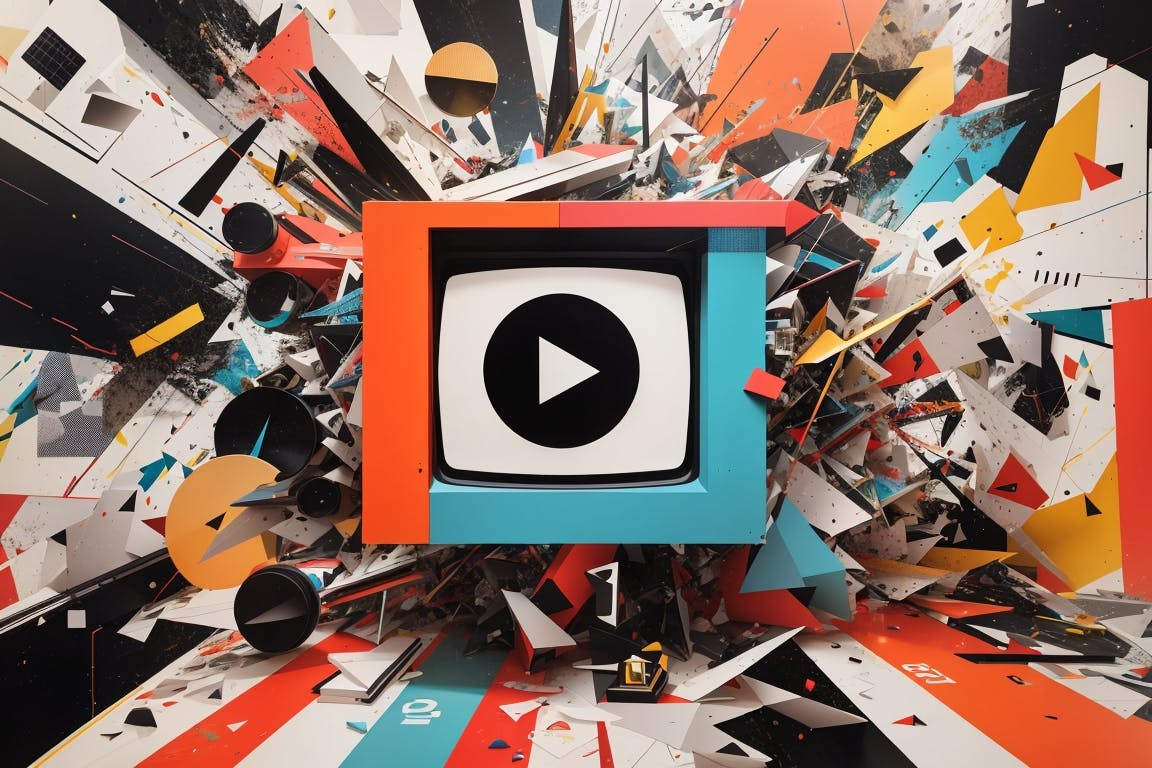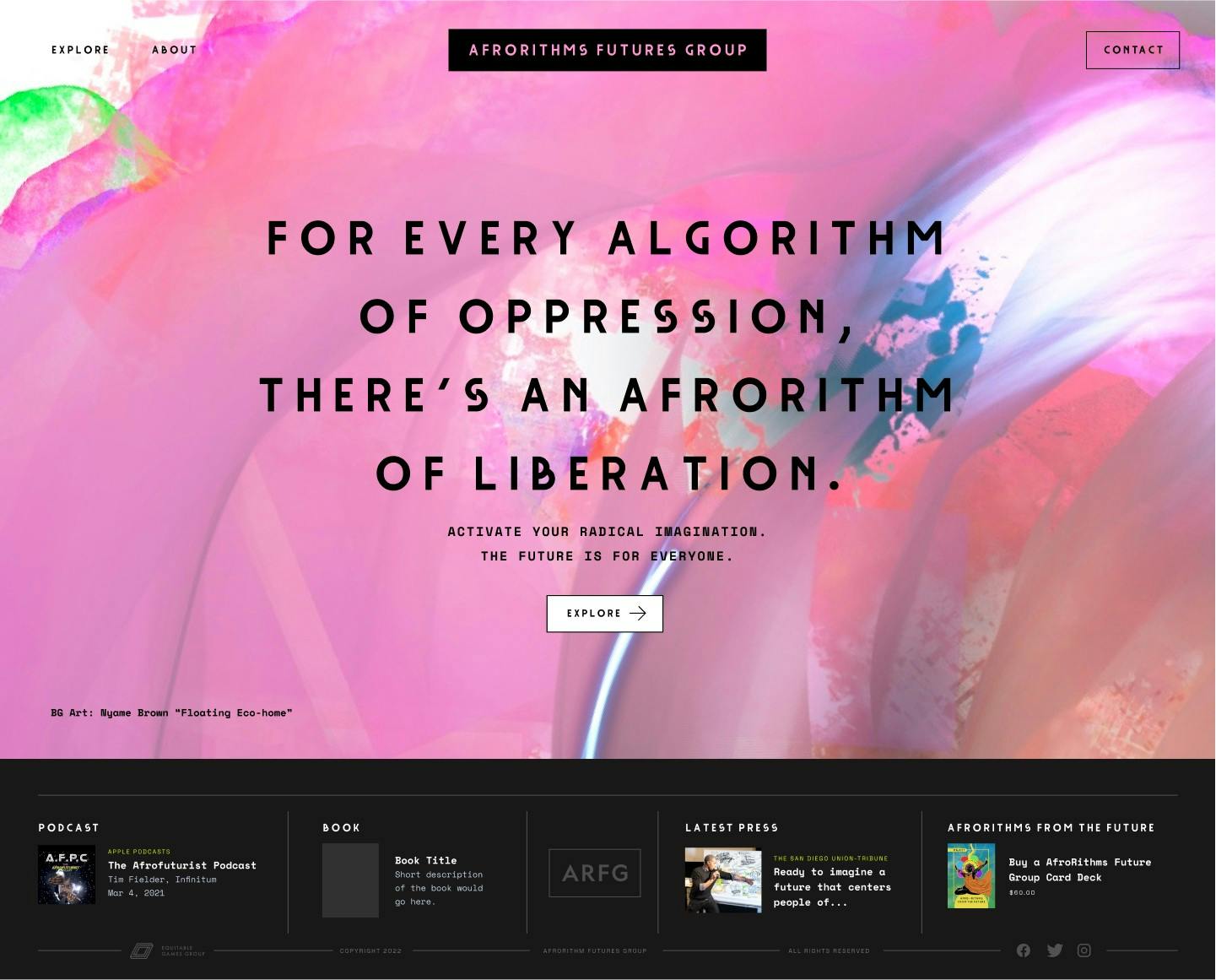Marketing teams, entertainment companies, and communications experts all know how critical video content is to the future. Businesses of all sizes can leverage video content to advertise their products and services through USG and scripted productions. However, doing so is time-consuming and expensive. Start-ups and smaller firms may struggle to afford professional creative services. Here’s where text-to-video AI technology can come into play.
ChatGPT took the world by storm, but it’s only the tip of the AI iceberg. You’ve likely seen plenty of social media posts about AI art (and the questionable practices behind these images); Meta recently unveiled new text-to-video AI technology that can even transform a simple text prompt into a five-second video clip.
While the technology has limitations, it’s set to revolutionize video content creation. Let’s unpack everything you need to know about text-to-video technology—and the factors to consider before using it.
Benefits of Using Text-to-Video Technology
Text-to-video uses AI technology to generate high-quality videos without spending money on equipment or editing software. You only need a text prompt—AI will take care of the rest.
Some text-to-video converters can turn entire blog posts into engaging videos for YouTube, TikTok, or Instagram. They use a massive catalog of stock video clips to string together images that make sense with your writing.
Other software comes with a repository of AI aviators to present your information. They can translate into over 100 languages and generate on-screen subtitles.
Let’s explore the many benefits of text-to-video:
- Cost-Effectiveness: AI text-to-video converters don’t require cutting-edge software on your end. You don’t need to hire an expensive production staff either. Instead, you can use your pre-existing content to create budget-friendly videos that drive engagement and increase sales.
- Saves Time: Other than money, text-to-video tech will save you countless hours. Writing, producing, editing, and sharing video content takes a long time—but AI can do it in minutes.
- Flexibility: One of the best things about text-to-video is its ability to translate into other languages. Instead of shooting multiple versions in different dialects, the computer can automatically translate the original video.
- Multi-platform: Text-to-video can generate content for multiple social media platforms and aspect ratios. Quickly convert your Facebook and YouTube videos into vertical shorts for Instagram and TikTok.
- Convenience: We live in an ever-on-the-go world. People don’t have time to read articles like they used to; they prefer to listen in the car, on the bus, or their lunch break. Text-to-video takes your written content and molds it into something your target audience can listen to.

Artwork generated with prompt workflow by Dré Labre
Challenges and Limitations of This Technology
AI innovation—especially text-to-video—is impressive. However, it comes with its own set of particular challenges, limitations, and ethical questions.
In its current state, AI text-to-video is easily distinguishable. You don’t have to listen closely to recognize non-human speech patterns, mannerisms, and pronunciation. For example, Synthesis boasts its cache of 125+ AI avatars. However, when you watch content created with those avatars, you can’t help but notice that it looks a little off.
Looks aside, text-to-video hasn’t been able to capture the emotion behind human speech. The voices get close, but they still sound robotic. They have difficulty interpreting context and speaking with natural intonation and accents.
But perhaps the most glaring challenge with using AI is its ethics. There have been many documented cases of AI using copyrighted material; for example, eagle-eyed users found the “mangled remains” of an artist’s watermark on images created with LensaAI. In January 2023, a class-action lawsuit against several AI tools for copyright infringement was announced.
Using this content for commercial purposes can be problematic. Some have begun monetizing their AI creations by licensing them to stock photo and video platforms; this sparked significant pushback from the creative community, claiming that content was stolen.
While text-to-video can help small businesses on tight budgets, ethical questions arise when large corporations exploit the tech to save money. The creator and gig economy relies on those who can afford to pay for professional art, graphic design, video production, and content creation. Is extra cash in shareholders’ pockets worth putting creators out of a job?
Future Directions of Text-to-Video Technology
We’re seeing an unprecedented evolution in AI technology at a truly unexpected pace—so fast, in fact, that many tech leaders advise slowing our speed. Some enhancements with text-to-video AI we can expect include:
- Improved Processing Speed: As algorithms and hardware improve, future text-to-video iterations can produce content even faster.
- Better Quality: As it stands, AI can only mimic human behavior so much. Animations will get smoother, and dialects will sound more natural. We’re nearing a point when computers can mimic those subtle fluctuations and accents in natural human speech.
- Improved UI: As AI tools become more accessible, we can expect further simplification of the user interface.
While those will improve accuracy and usability, how do we solve the ethics questions around AI-generated content? Perhaps there’s a way to integrate revenue sharing and licensing to make creatives feel more comfortable. If companies truly care about their ESG initiatives, they’ll budget to pay human creatives—without whom AI art and text-to-video cannot exist.
Is Text-to-Video Technology Right for Your Business?
Text-to-video can be a helpful and affordable solution to your digital content strategy. That said, technological limitations and ethical questions handcuff the current state. It still can’t compare to the work of a world-class professional.
Now more than ever, creatives need to step up and show that they cannot—and will not—be replaced by AI. From voiceover and digital artists to graphic designers, writers, and cinematographers, business leaders can leverage a swath of talented professionals with the help of Laetro Creative.
If you’re looking to join our creative roster—or work with high-class professionals—get in touch with Laetro today to begin your content creation journey.


